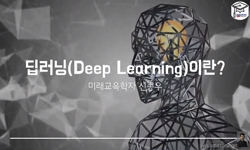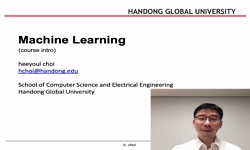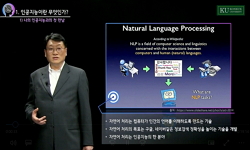Ceramic tiles are in high demand in the infrastructure and building development industries due to their low cost, ease ofinstallation, maintenance, moisture resistance, and availability in a broad range of colors, textures, and sizes. Automatedfacilit...
http://chineseinput.net/에서 pinyin(병음)방식으로 중국어를 변환할 수 있습니다.
변환된 중국어를 복사하여 사용하시면 됩니다.
- 中文 을 입력하시려면 zhongwen을 입력하시고 space를누르시면됩니다.
- 北京 을 입력하시려면 beijing을 입력하시고 space를 누르시면 됩니다.



Performance of deep learning approaches for detection and classification of ceramic tile defects
한글로보기https://www.riss.kr/link?id=A108505486
-
저자
D. Sivabalaselvamani (Kongu Engineering College) ; K. Nanthini (Kongu Engineering College) ; S. Vanithamani (M.Kumarasamy College of Engineering) ; L. Nivetha (Kongunadu College of Engineering and Technolog)

- 발행기관
- 학술지명
- 권호사항
-
발행연도
2023
-
작성언어
English
- 주제어
-
등재정보
KCI등재,SCIE,SCOPUS
-
자료형태
학술저널
-
수록면
78-88(11쪽)
- DOI식별코드
- 제공처
-
0
상세조회 -
0
다운로드
부가정보
다국어 초록 (Multilingual Abstract)
Ceramic tiles are in high demand in the infrastructure and building development industries due to their low cost, ease ofinstallation, maintenance, moisture resistance, and availability in a broad range of colors, textures, and sizes. Automatedfacilities, which produce hundreds of tiles in every segment, require a tremendous volume of output. Because of the largenumber of tiles produced and the frequency with which they are produced, it is impossible to manually examine them forfaults, necessitating the use of a rapid, efficient, and reliable automated process. However, while the process of detecting flawsand categorizing them (or classification) is not as efficient as it might be, recent advances in computing technology,mathematical modeling, and high-resolution picture capture equipment have given rise to new prospects in the subject. Manykinds of literature on using these systems for the same goal are currently accessible. Deep learning is a type of artificialintelligence that helps people makes decisions. In production applications, image detection of faulty Ceramic Tile Surfaces isa critical skill. Deep learning is now being studied for its potential application in automated defect identification. As a result,we propose Deep Learning approaches that take advantage of the transform domain properties of the tiles image. The model'scapacity to learn via the system makes it versatile and dynamically customizable. Different deep learning-based fault detectionand classification transfer learning approaches are examined in this study.
동일학술지(권/호) 다른 논문
-
Preparation of decorative slag glass-ceramics and research on the solidification of heavy metals
- 한양대학교 청정에너지연구소
- Yang Tang
- 2023
- KCI등재,SCIE,SCOPUS
-
- 한양대학교 청정에너지연구소
- Zhifang Tong
- 2023
- KCI등재,SCIE,SCOPUS
-
- 한양대학교 청정에너지연구소
- S. Kannan
- 2023
- KCI등재,SCIE,SCOPUS
-
- 한양대학교 청정에너지연구소
- A. Anitha
- 2023
- KCI등재,SCIE,SCOPUS




 KCI
KCI






